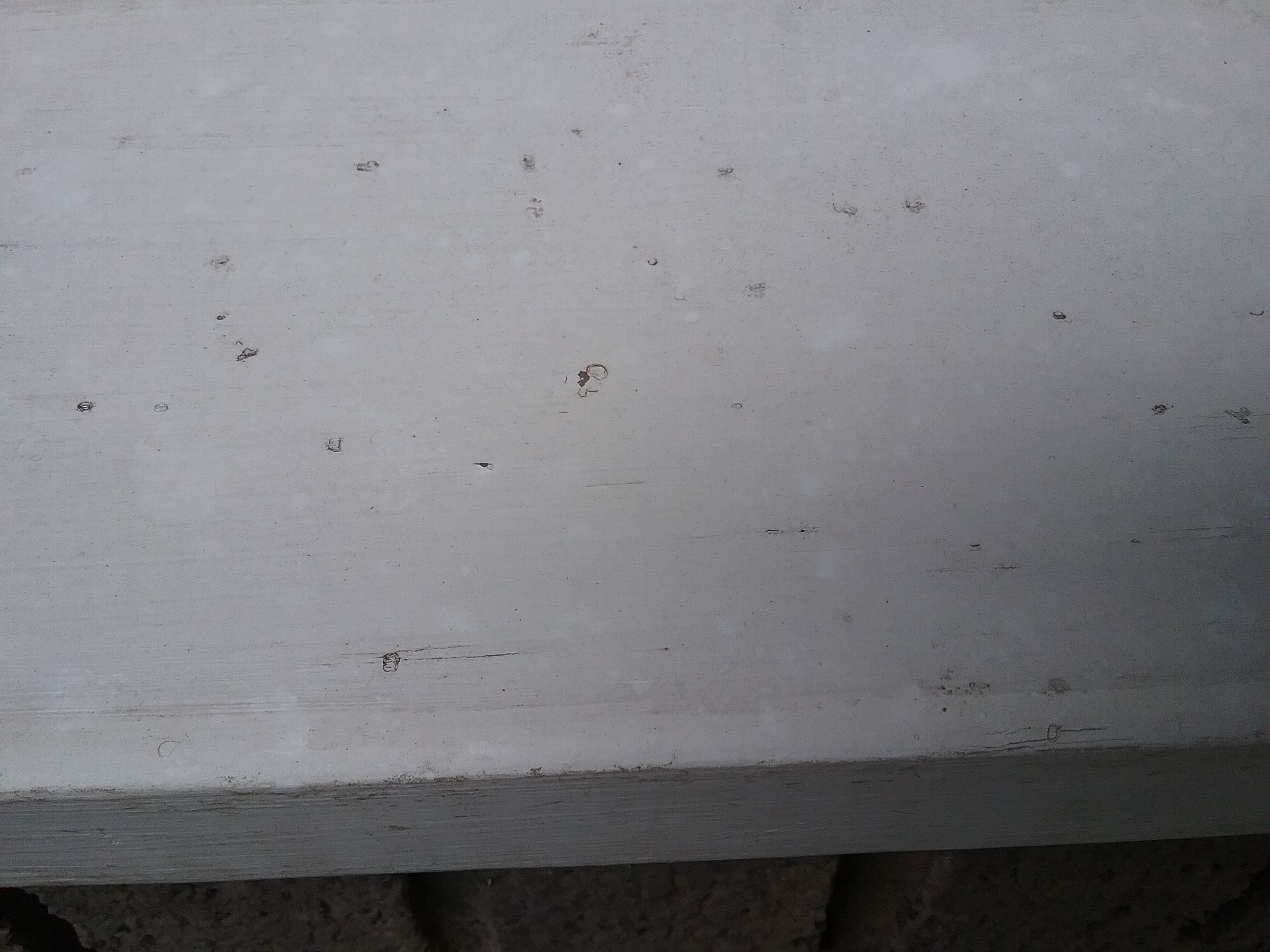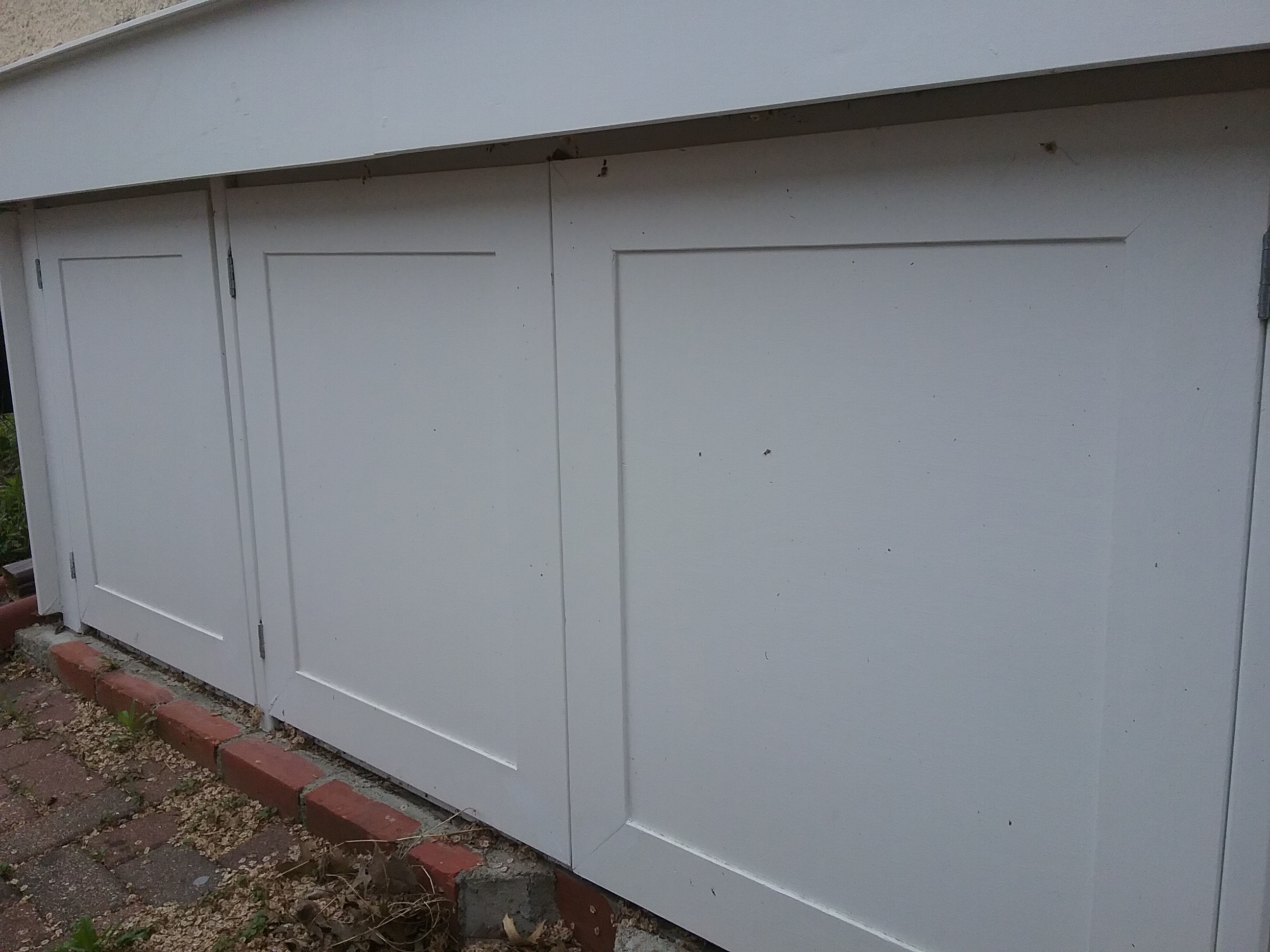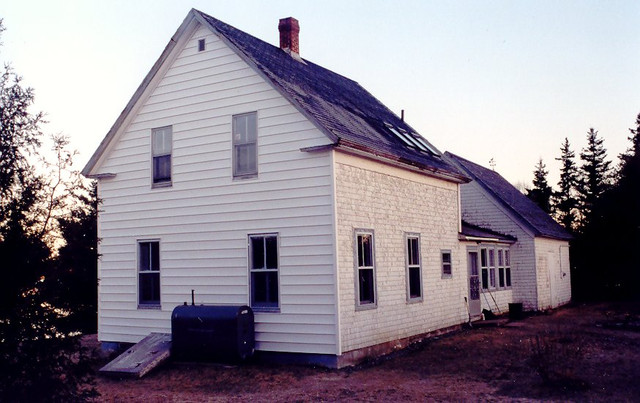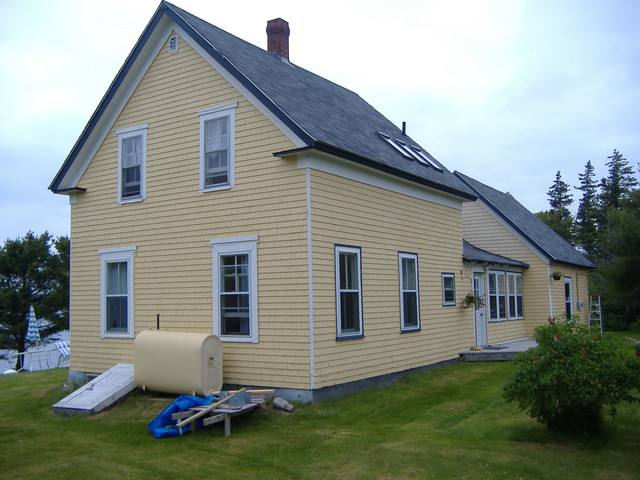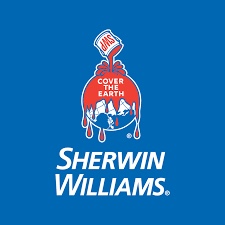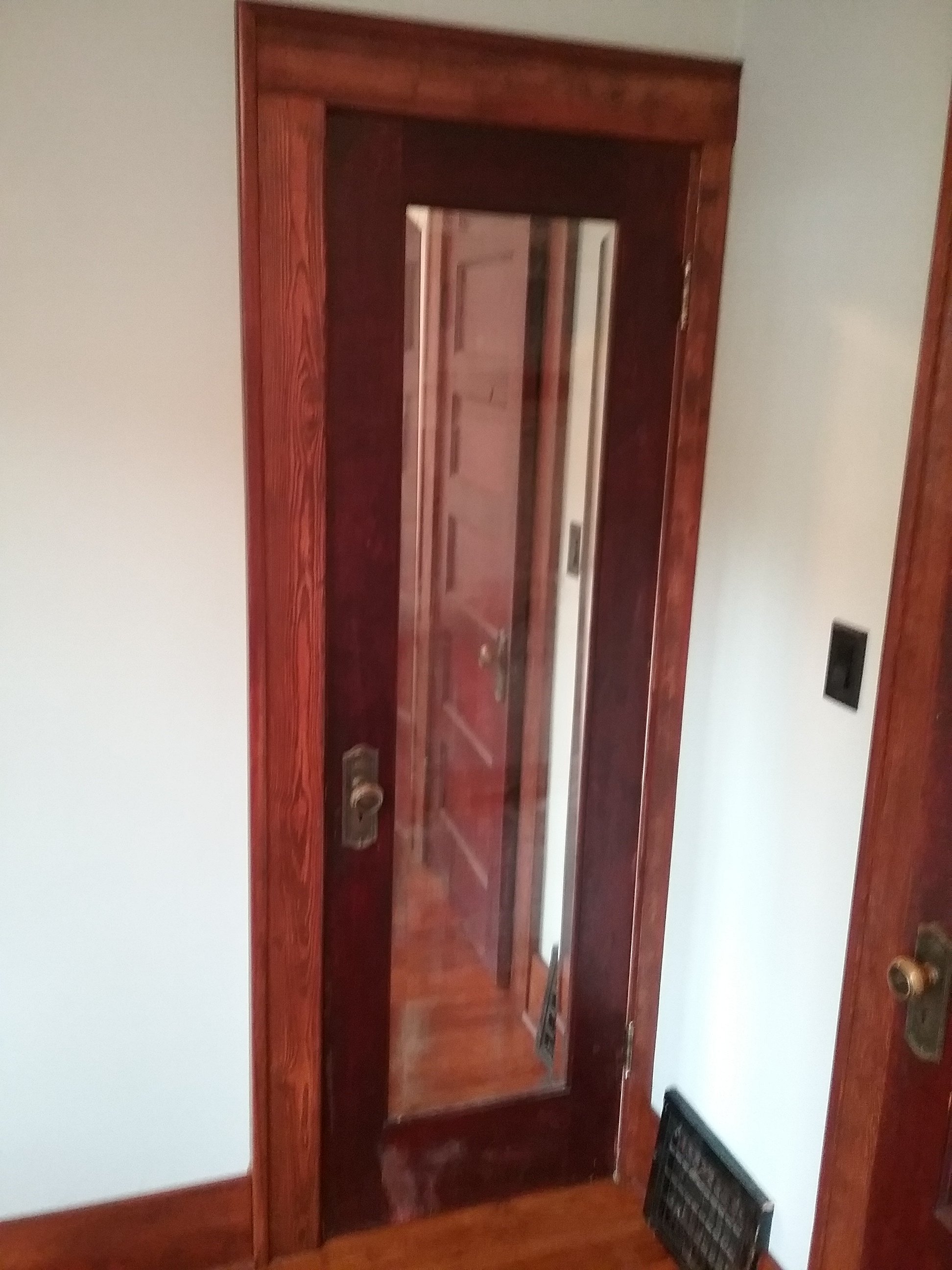Still Brewn
Well-Known Member
So I have a craftsmas style house that was built in 1915. First floor all brick, second floor all stucco. All the trim around the windows is wood along with the eaves etc. Originally the woodwork was was stained and shellaced I would have liked to have returned it to that but a hundred years of paint and nail holes have made that an impossible task without replacing 99% of the wood. The white paint and pink paint and red paint stuck in the nail holes gouged etc just showes up too much. I am however removing the paint down to the wood but after doing a couple windows a year ago I'm finding the paint the wife picked sucks big green ones. So bad that I'm going to have to scrape the stuff I did already and do it again. It was Behr paint and primer in one. It went on so thin that it took 3 coats to get proper coverage. So I guess my question is does anyone have suggestions on a paint? I thought about an epoxy paint, the kind they use in a factory setting to restore old windows.... does anyone have experience with that? I've seen it used several times on this old house but never used it myself.....



